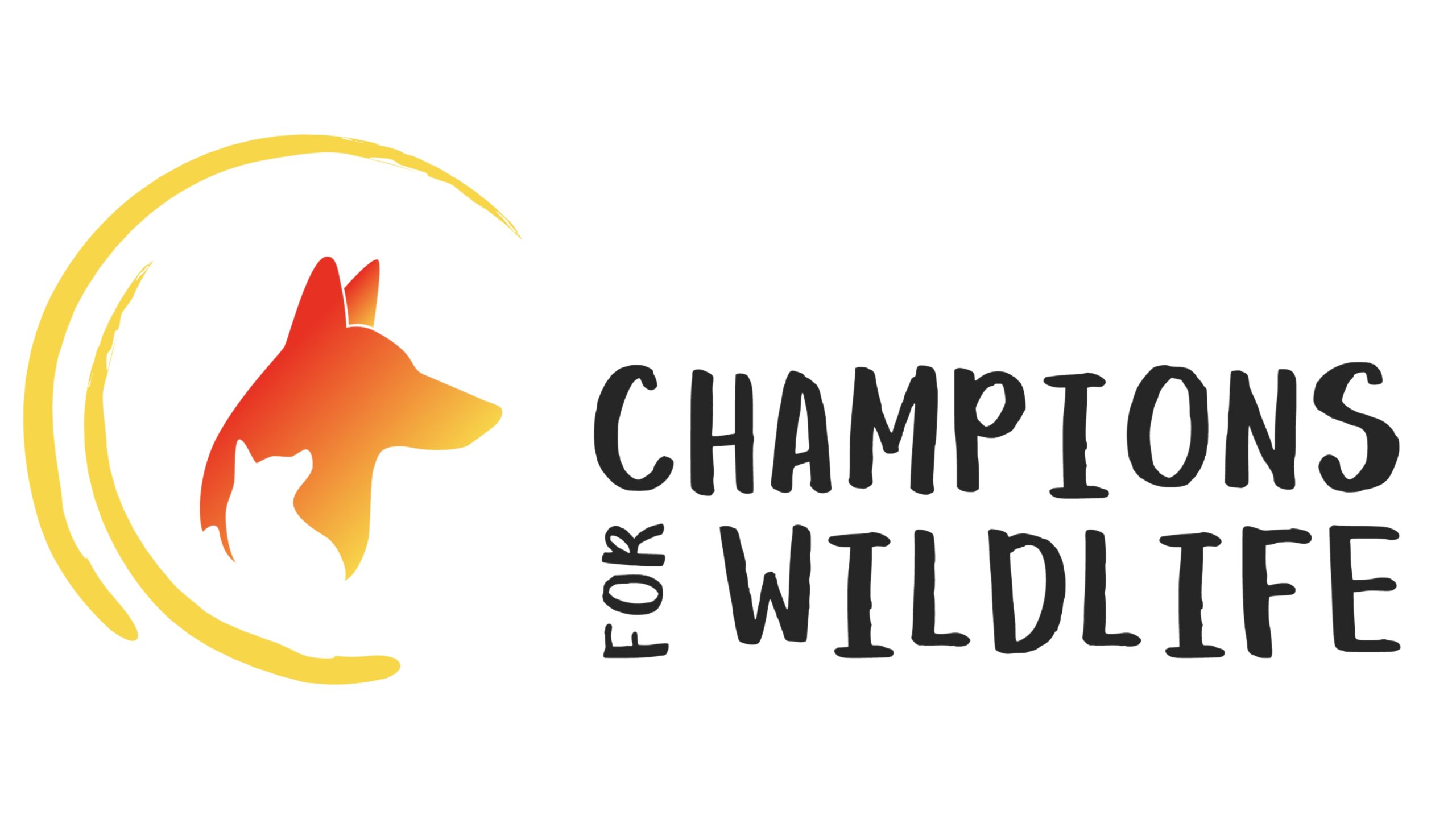A Perfect Pair: Do Red Wolves Mate For Life?
A Perfect Pair: Do Red Wolves Mate For Life?

Guest Post by Megan Newton
Imagine having a best friend that stays by your side for your entire life. That’s exactly how a Red Wolf family works!
One of the most endangered species in the United States, Red Wolves are fascinating animals with an interesting way of finding a mate and raising their family. Below, learn if Red Wolves mate for life and take a closer look at their family dynamics. Plus, learn more about the conservation efforts scientists around the country are making to protect this amazing species.
Do Red Wolves Mate For Life?
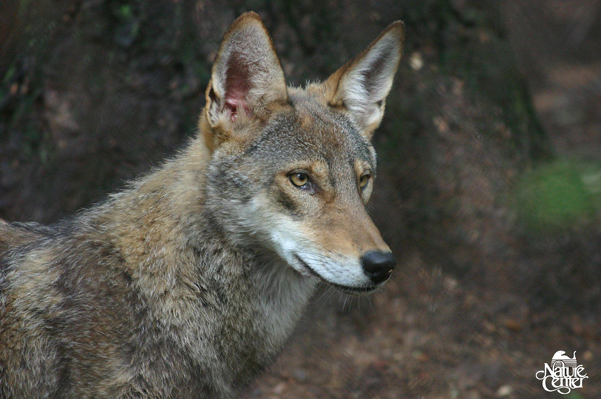
Red Wolves form what are known as monogamous relationships. This means that once Red Wolves choose a mate, they typically stay together for life. Once they form a pair, they work together as a team to survive, hunt, and raise their pups. This strong bond is essential for their survival, as it allows them to protect their territory and care for their family.
Sometimes, one of the members of a mated pair may pass away. Although Red Wolves are loyal to their partners, their top priority is survival, and so they may choose to find a new mate and form new bonds. This ensures that they can continue to raise pups and help the Red Wolf species grow, keeping their population strong.
Red Wolf pairs aren’t just mates either — instead, they’re pack leaders together. Red Wolves form packs that are made up of a small family unit, typically including the breeding pair and their pups. In these small packs, the parents are able to teach their young how to hunt, communicate, and survive in the wild until they grow up and find their own mates.
By working together, mated pairs increase their chances of survival and help their species continue to thrive. But how do Red Wolves find a mate?
Red Wolf Courtship
Most bluebirds raise babies once or twice a year.
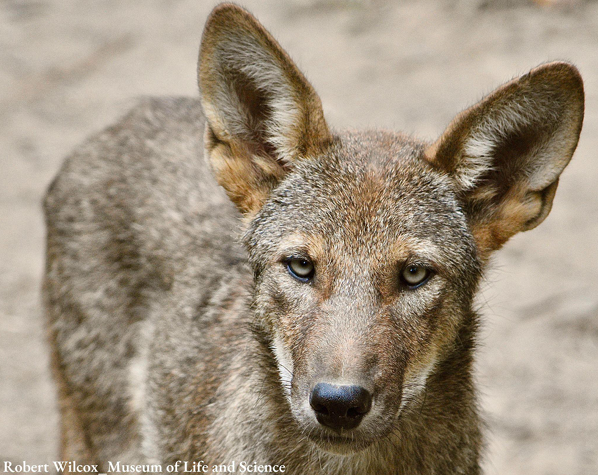
When it comes to finding the other half to their perfect pair, Red Wolves don’t just pick any mate. Instead, they go through a special process called courtship. During the courtship process, males and females spend time together, playing and communicating. If they form a strong connection during this time, they become a pair.
Having a strong bond is essential for Red Wolves. Their bond helps them work together and raise their pups.
How Do Red Wolves Raise Their Pups?
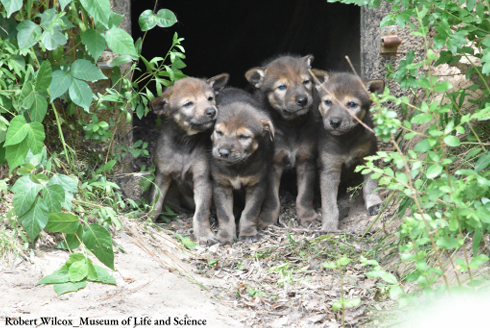
After male and female Red Wolves form a pair, the female will give birth to a litter of pups, usually in the spring months from March to May. No two litters are the same, and some pairs may have more pups than others. In fact, the average size of Red Wolf litters can range from 3 pups all the way to 12!
After having their pups, the parents are responsible for teaching them how to survive in the wild. Although their instincts can help them learn the ropes of survival, Red Wolf pups need their parents to help them master hunting and teamwork. At first, the pups will live with their parents in a pack. However, as they mature, they may choose to leave the familial pack to find mates of their own.
Red Wolf Conservation and Breeding Programs
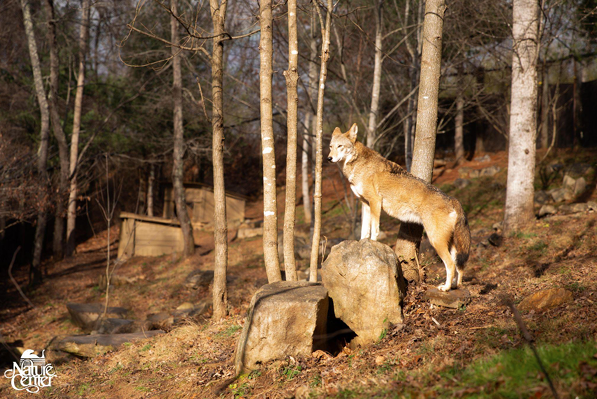
Red Wolves are a critically endangered species, with an estimated 17 to 19 wolves left in the wild as of February 2025. As a result, conservation is more important than ever for this interesting animal.
One of the most notable Red Wolf programs is the Red Wolf Recovery Program, which started in the 1980s. Around this time, Red Wolves had almost gone completely extinct. Conservationists worked together to capture the remaining wild Red Wolves and start a breeding program, which helped save the species from total extinction.
In 2018, the Association of Zoo and Aquariums’ (AZA) named the Red Wolf a SAFE species. The SAFE (Saving Animals From Extinction) program focuses on the collaboration of AZA-accredited zoos and aquariums to save species. In this program, zoological parks across the country team up and leverage their audiences, resources, and expertise to help endangered species like the Red Wolf.
Today, there are dozens of zoos and wildlife facilities that host breeding programs for the Red Wolf across the country. In these programs, Red Wolves are bred and raised in captivity before being released in the wild. This helps replenish wild populations.
Breeding programs require careful science. The conservationists in charge of these programs have to balance the need for higher populations with the need for healthy populations. At the beginning of conservation efforts, it was important that each pair was carefully chosen. This aided in maintaining genetic diversity, which is crucial for the species’ long-term survival.
Breeding programs aren’t the only way that organizations help the Red Wolves. They also track and monitor the wolves in the wild, protect their habitats, and spread awareness on how important it is to protect the Red Wolf.
Preserving the Red Wolf Legacy: How You Can Help!
Conservationists have had a huge impact on the survival of the Red Wolf species — and there are ways you can help too! Some ways you can get involved are:
- Learn and share: The more people know about Red Wolves, the more they can help protect them. Tell your friends and family about these amazing animals!
- Support conservation groups: Many organizations work to protect Red Wolves. Volunteering or supporting their efforts in other ways can make a big difference.
- Protect their habitat: Red Wolves need wild spaces to survive. Supporting efforts to protect forests and wetlands can help keep them safe. By working together, we can give Red Wolves a better chance at survival and help preserve their unique family bonds. To learn more about Red Wolves and how you can get involved, be sure to sign up for the Champions for Wildlife newsletter and stay up-to-date about our Wild for Art programs.
We Are Candid Certified!

P.O. Box 128
Lynn, North Carolina, 28750
Champions for Wildlife is a registered 501(c)(3) nonprofit charitable organization.
EIN #87-4584220
NEWSLETTER SIGN-UP
